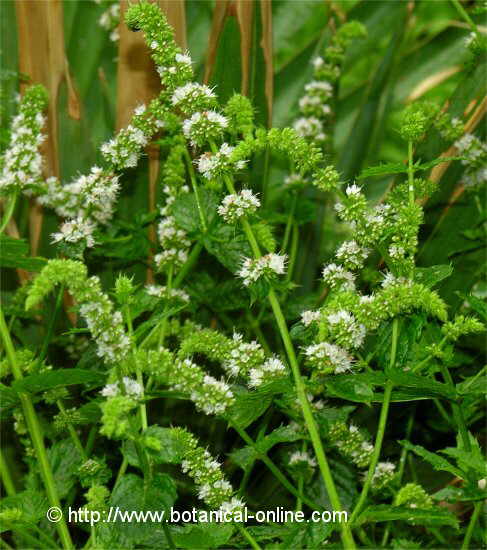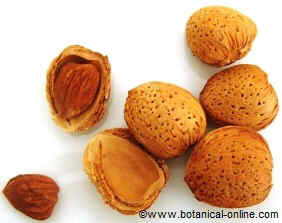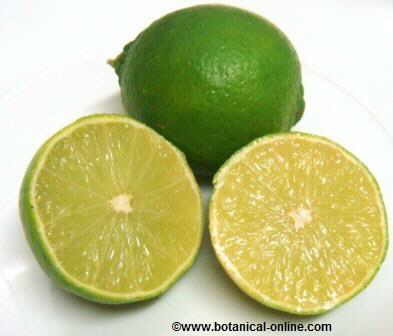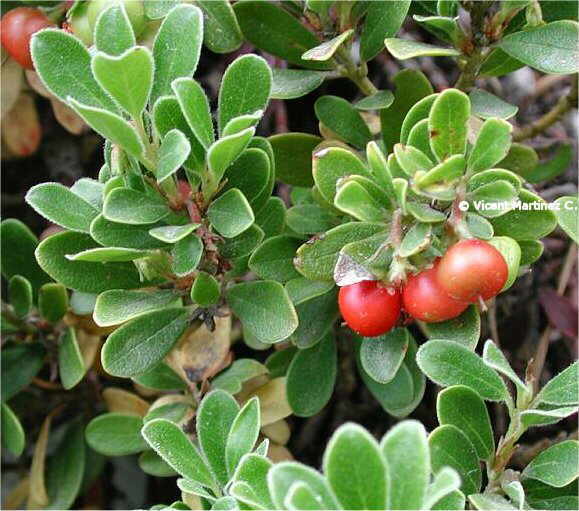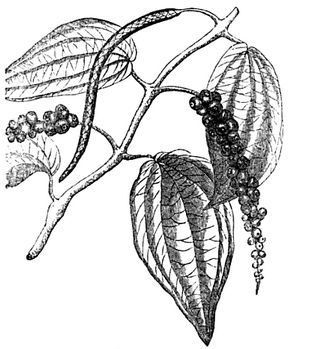Contents
- 1 Characteristics, form of production and uses of castor oil
- 1.1 What is castor oil?
- 1.2 Why unrefined castor oil is toxic?
- 1.3 How do you obtain edible castor oil?
- 1.4 How is castor oil like? Physical and chemical characteristics
- 1.5 What is castor oil made of?
- 1.6 WHAT IS CASTOR OIL USED FOR?
- 1.7 Industrial uses of castor oil
- 1.8 Medical uses of castor oil
- 1.9 External applications of castor oil
Characteristics, form of production and uses of castor oil
What is castor oil?
Castor oil is obtained from seeds of castor oil plant. Special care must be taken because these seeds, besides providing about 50% of castor oil, also contain a toxic substance.
Why unrefined castor oil is toxic?
This toxic substance is formed by a very harmful vegetable protein, a lectin called ricin, considered a toxoalbumin or phytotoxin.
In addition, it also contains alkaloids harmful to our bodies, ricinine and ricidine, with high toxic effect, which may trigger allergic reactions by contact and even death, by ingestion in small doses.
Because of its composition, since it is a glycoprotein substance, can also cause allergic reactions to our body, and, as it blocks protein synthesis in the body, especially the intestine, it is a potent poison.
* See: Toxicity of castor oil in the listing below
How do you obtain edible castor oil?
The seeds of castor oil plant are subjected to heat to extract the castor oil. All toxic substances contained in the oil are eliminated, resulting completely fit for human consumption because poisons are destroyed by heat.
The excess mass is usually discarded, since it still retains these toxic properties.
How is castor oil like? Physical and chemical characteristics
Castor oil has an unpleasant aroma and flavor, so it is usually mixed with highly aromatic oils to improve its acceptance.
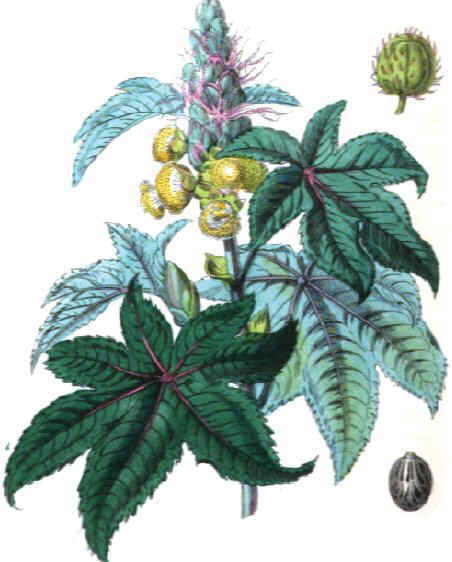 A Drawing of castor oil plant with a detail of fruits (top) and seed (below). Seed is where the castor oil is extracted from
A Drawing of castor oil plant with a detail of fruits (top) and seed (below). Seed is where the castor oil is extracted from
What is castor oil made of?
Castor oil obtained is composed of:
- Triglycerides, specifically by ricinoleic acid (18: 1). It can exceed 90%
- Lower amounts of other fatty acids: linoleic acid, that is polyunsaturated, about 1 % and the saturated fatty acids palmitic and stearic acids with values of a maximum of 2%.
- Vitamin E as alphatocopherol
- An enzyme called lipase.
* See: composition of castor oil in the listing below
WHAT IS CASTOR OIL USED FOR?
Castor oil is traditionally known mainly for its properties to combat constipation, although the use of castor oil are wide and varied. Among the main we can mention the following:
Industrial uses of castor oil
Castor oil has numerous industrial applications. It is used in the manufacture of plastics, paints, lubricants for high competition and airplanes, textiles, etc.
It is starting to be used as biofuel.
Medical uses of castor oil
There are some medicines that are prepared from castor oil and which are suitable for oral consumption such as those intended to treat cases of constipation.
Castor oil usually found in the market, is not suitable for food consumption, but it is used for many external applications.
If we consume the seeds or other plant parts, they are highly toxic, even lethal.
External applications of castor oil
Castor oil is intended mainly for cosmetic preparations, although it is also used to treat certain eye and intestinal disorders. Among the main external applications of castor oil, we include the following:
* More information:
– Castor oil for removing makeup
– Castor oil for your eyelashes
![]() More information on castor oil.
More information on castor oil.

